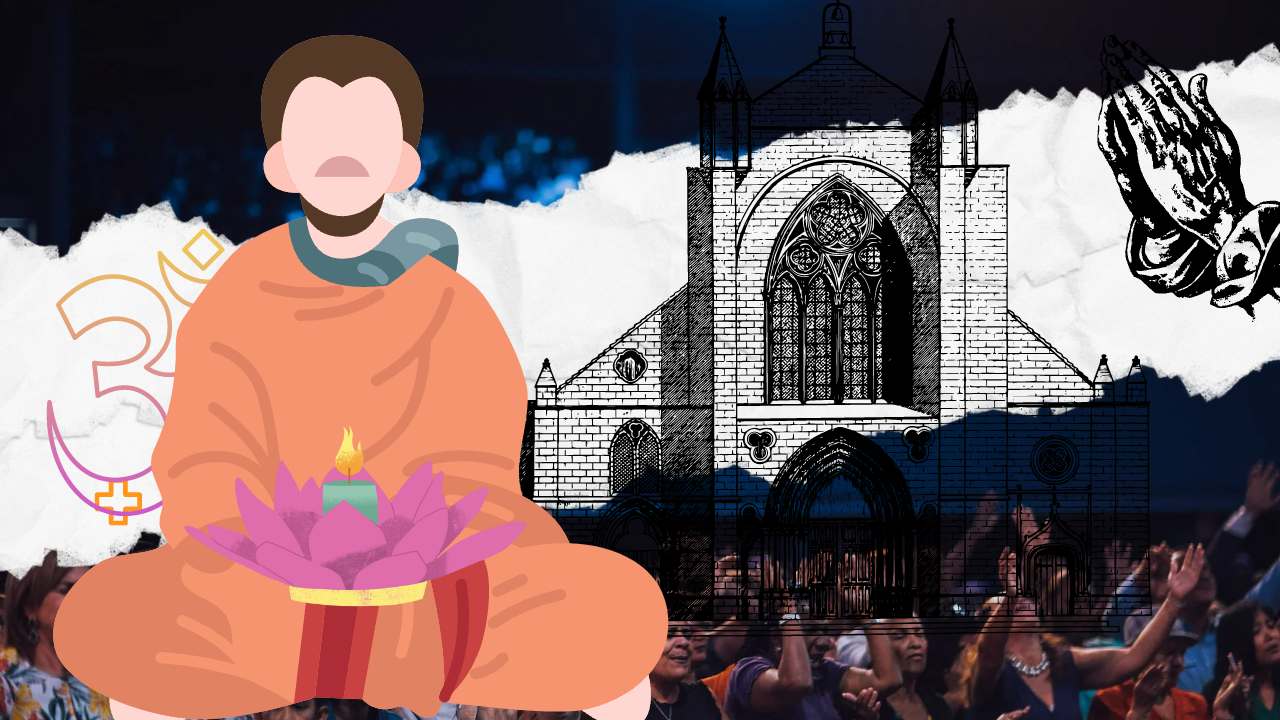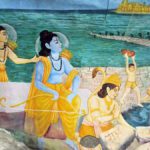Hinduism is a diverse religious tradition that originated in India and has extended to other parts of the world. One of the key characteristics of Hinduism is its belief in multiple deities, or gods and goddesses.
This has led some people to classify Hinduism as a polytheistic religion, which means a religion that worships multiple deities. But is Hinduism really polytheistic?
What is a Plythesistic religion?
Polytheism is a faith in the existence of multiple deities, or gods and goddesses. They often have a pantheon of deities who are associated with specific aspects of life, such as fertility, wisdom, and war.
These deities may be seen as independent entities or as different facets or expressions of a single, ultimate reality.
Polytheism has been a feature of many different religious traditions throughout history, including ancient Greek and Roman religions, ancient Egyptian religions, and various indigenous religions around the world.
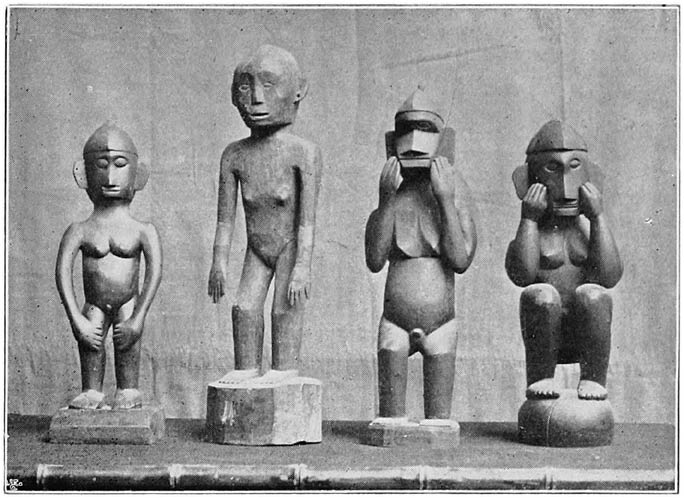
In some polytheistic traditions, individuals may choose to worship one deity over others depending on their personal needs or preferences, while in others, all deities may be seen as equally important and worthy of worship.
Polytheism is often contrasted with monotheism, which is the belief in the existence of a single deity or ultimate reality, and atheism, which is the lack of belief in any deity.
Some people see polytheism as a more inclusive and flexible belief system, as it allows for the existence of multiple deities and allows individuals to choose which among the deities they wish to worship.
Others may view polytheism as being less logical or rational than monotheism, as it involves the belief in multiple deities rather than a single, ultimate reality. Considering that some monotheistic religions, such as Judaism, Christianity, and Islam, generally view polytheistic religions as having beliefs that are incorrect or false.
These monotheistic religions believe in the existence of a single, all-powerful, and all-knowing deity, and they view the belief in multiple deities as a form of idolatry or false worship.
For example, Judaism and Christianity teach that there is only one God who is responsible for the creation and sustenance of the universe.
These religions view the belief in multiple gods as a violation of the commandment to worship only one God.
Similarly, Islam teaches that there is only one God, Allah and that any belief in multiple deities is a form of shirk or the sin of associating partners with Allah.
However, it is important to note that not all monotheistic religions view polytheistic religions in the same way.
Some may be more accepting of the beliefs and practices of polytheistic religions, while others may be more critical or dismissive of them.
Complexity in defining Hinduism as either of them
The relationship between Hindus and their deities is complex and nuanced, and it is not always correct to characterize Hinduism as simply polytheistic.
While Hindus do believe in and worship multiple deities, they also believe in a single, ultimate reality that is beyond all of these deities.
This ultimate reality is known as Brahman, and it is seen as the ultimate source of all existence.
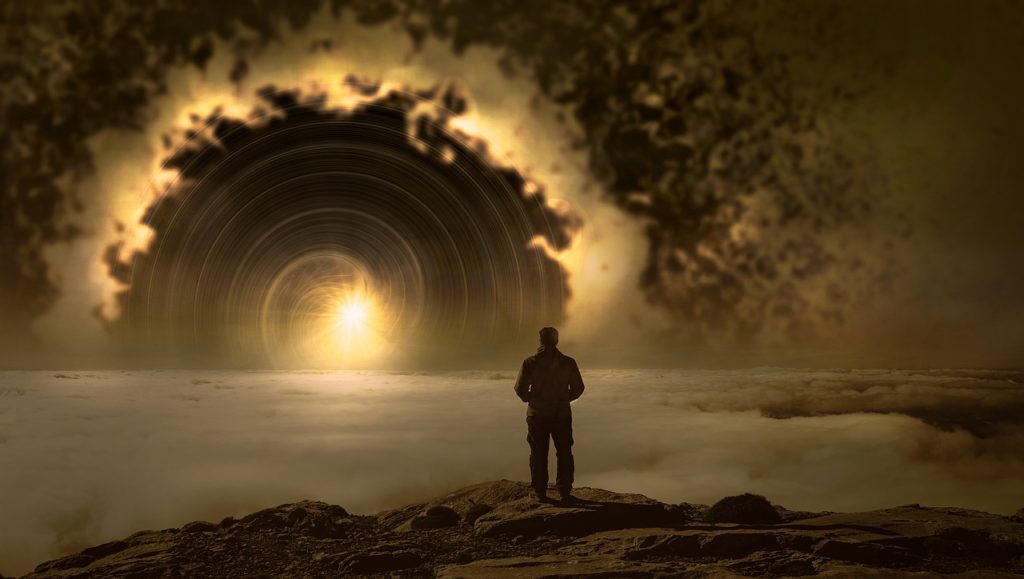
One way to understand this complexity is to look at the Hindu pantheon of deities. This pantheon includes many different gods and goddesses who are associated with specific aspects of life, such as fertility, wisdom, and war.
Each of these deities is seen as a manifestation of the ultimate reality of Brahman, and Hindus may choose to worship one deity over another depending on their personal needs or preferences.
For example, a Hindu who is facing fertility issues might choose to worship the goddess Parvati, who is associated with fertility and childbirth.
On the other hand, a Hindu who is seeking wisdom and knowledge might choose to worship the goddess Saraswati, who is associated with learning and intelligence.
Despite the existence of multiple deities, Hindus do not see these deities as separate or independent entities. Instead, they see them as different facets or expressions of the ultimate reality of Brahman.
Concept of Atman in Hinduism
Atman is a central concept in Hinduism that refers to the eternal, unchanging, and indivisible true self or essence of an individual. It is believed to be the ultimate reality, the supreme self, or the divine essence that pervades all living beings and the universe.
According to Hindu philosophy, the atman is the ultimate source of consciousness and the driving force behind all action.
It is often compared to the flame of a lamp, which remains constant and unchanging even as the lamp burns down.
The atman is thought to be immortal and indestructible, and it is believed to be the source of all knowledge and wisdom.
In Hinduism, the goal of spiritual practice is to realize the atman and to understand that it is the same as Brahman, the ultimate reality or absolute consciousness.
This realization is known as Moksha or liberation, and it is thought to bring an end to the cycle of death and rebirth known as samsara.
The concept of atman is central to the teachings of Hinduism and is an important aspect of the spiritual path for many Hindus.
This concept of one ultimate reality is mentioned in various Hindu scriptures and texts, including the Upanishads, which are a collection of philosophical texts that form the basis of the Vedanta school of Hinduism.
The Upanishads contain teachings and discussions on the nature of the atman, the relationship between the atman and the ultimate reality of Brahman, and the path to realizing the atman and achieving liberation.
The concept of atman is also mentioned in the Bhagavad Gita, which is a Hindu scripture that is considered to be one of the most important texts in Hinduism. In the Bhagavad Gita, Krishna, an avatar of the Hindu god Vishnu, teaches the prince Arjuna about the nature of the atman and its relationship to the ultimate reality of Brahman.
Other Hindu scriptures and texts that mention the concept of atman include the Vedas, the Puranas, and the Agamas. These texts contain teachings and discussions on the nature of the atman, the path to realizing the atman, and the role of the atman in the spiritual journey.
It is often described as the true self, the divine spark, or the innermost essence of an individual, and is believed to be the source of all knowledge and wisdom.
Here are some examples of verses in Hindu scriptures that mention the concept of atman, and how it mentions them
From the Upanishads: “The atman is not born, it does not die, it is not the product of causation, it is eternal, it is not slain when the body is slain” (Brihadaranyaka Upanishad 4.4.5) “The atman is self-luminous, self-evident, incorporeal, without any parts, without any attributes, eternal, all-pervading, and immutable” (Chandogya Upanishad 6.8.7) From the Bhagavad Gita: “The atman is eternal, it is not born, and it does not die. It did not come into being, nor will it ever cease to be. It is unborn, eternal, permanent, and primeval” (Bhagavad Gita 2.20) “The atman is never born, and it never dies. It is not destroyed when the body is destroyed. If the atman is the eternal, indestructible, and all-pervading essence of an individual, how can it be slain?” (Bhagavad Gita 2.18) From the Vedas: “The atman is not born, it does not die, it is not the product of causation, it is eternal, it is not slain when the body is slain” (Yajurveda 40.8) “The atman is self-luminous, self-evident, incorporeal, without any parts, without any attributes, eternal, all-pervading, and immutable” (Svetasvatara Upanishad 6.9) From the Puranas: “The atman is eternal, it is not born, and it does not die. It is not destroyed when the body is destroyed. It is the eternal essence of an individual, the divine spark within all living beings” (Vishnu Purana 3.7.34) “The atman is the ultimate reality, the supreme self, the divine essence that pervades all living beings and the universe. It is eternal, unchanging, and indivisible, and it is the source of all knowledge and wisdom” (Brahma Purana 1.3.38) |
This means that Hindus do not necessarily worship multiple deities in the way that some other polytheistic religions do. Instead, they see their worship of multiple deities as a way to connect with the ultimate reality of Brahman in different ways.
One way to illustrate this complexity is through the story of the Hindu god Shiva. Shiva is one of the most important deities in the Hindu pantheon, and he is often depicted as a destroyer of evil and a protector of the universe.
However, Shiva is also seen as a representation of the ultimate reality of Brahman, and Hindus may choose to worship him as a way of connecting with this ultimate reality.
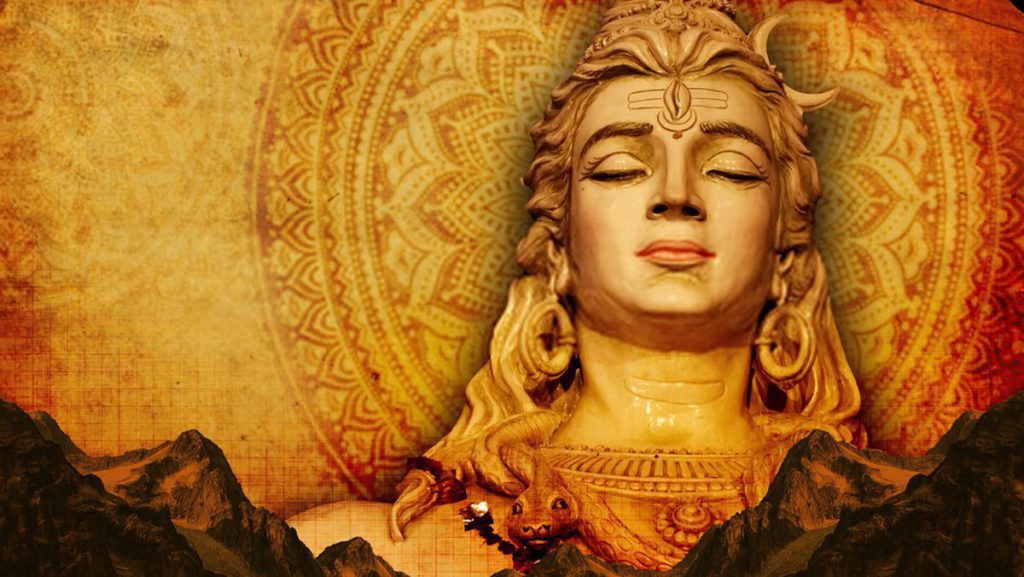
In this way, Shiva represents both the multiplicity of the Hindu pantheon and the unity of the ultimate reality of Brahman.
Hinduism is also notable for its diversity and inclusivity. It is a religion that is practiced by millions of people around the world, and it includes a wide range of beliefs and practices that reflect the cultural and historical context in which it has developed.
Hindus may follow different deities, practices, and traditions depending on their personal beliefs and even the region in which they live, and this diversity is seen as one of the strengths of the religion.
Overall, while Hinduism does involve the worship of multiple deities, it is more accurate to describe it as a religion that recognizes and worships multiple facets of a single, ultimate reality.
In conclusion, Hinduism, while popularly held as polytheistic, can’t be exclusively categorized as such as some Hindus consider themselves to be pantheists and others consider themselves to be monotheists.
Both are compatible with Hindu texts since there exists no consensus on standardization in the faith.
This complexity and diversity are one of the defining characteristics of Hinduism and help to make it a rich and multifaceted religious tradition.
